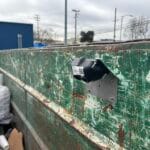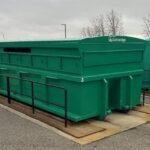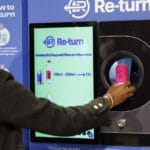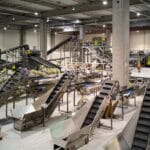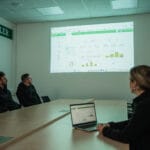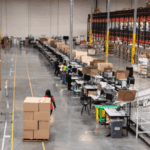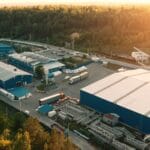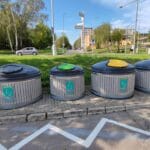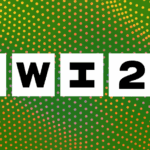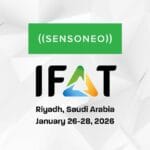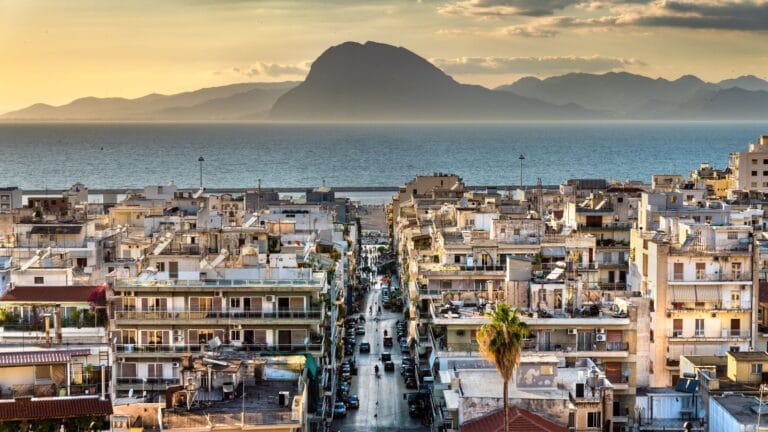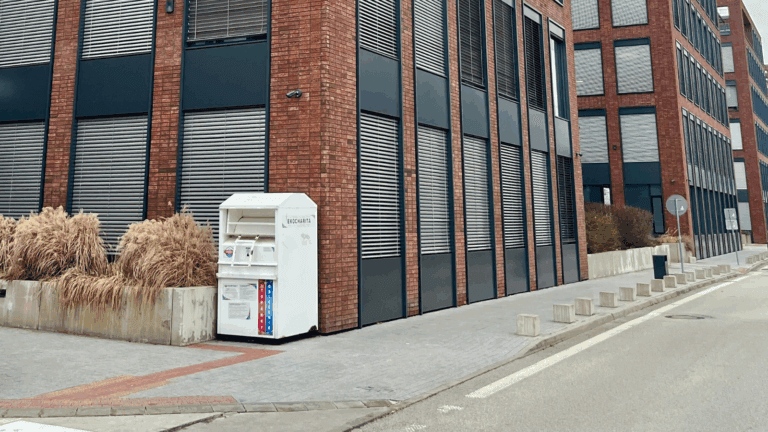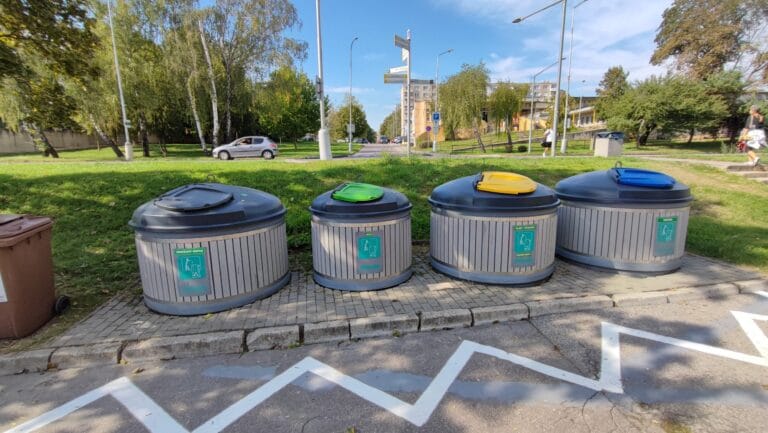Slovakia launched its Deposit Return System just in 10 months

January 1, 2022
Date of implementation
Swift implementation with impressive results
Customer
The history of the Slovak deposit return scheme dates back to 2003 when the first public discussion about its implementation started. Since 2019 these efforts became more tangible – the country defined a strategy with a focus on a deposit return scheme for PET bottles and metal and aluminum cans. Like in Lithuania and Estonia, DRS in Slovakia was designed to run along with the ongoing separate collection of plastics – a system that was established years ago.
On January 1st, 2021, the Ministry of Environment established the Deposit Return System Administrator as the managing body of the DRS in Slovakia. DRS Administrator was created by a consortium of four non-profit professional associations representing producers and retail, that cover 80% of the products in plastic bottles and cans on the Slovak market and approximately 3.250 commercial establishments.
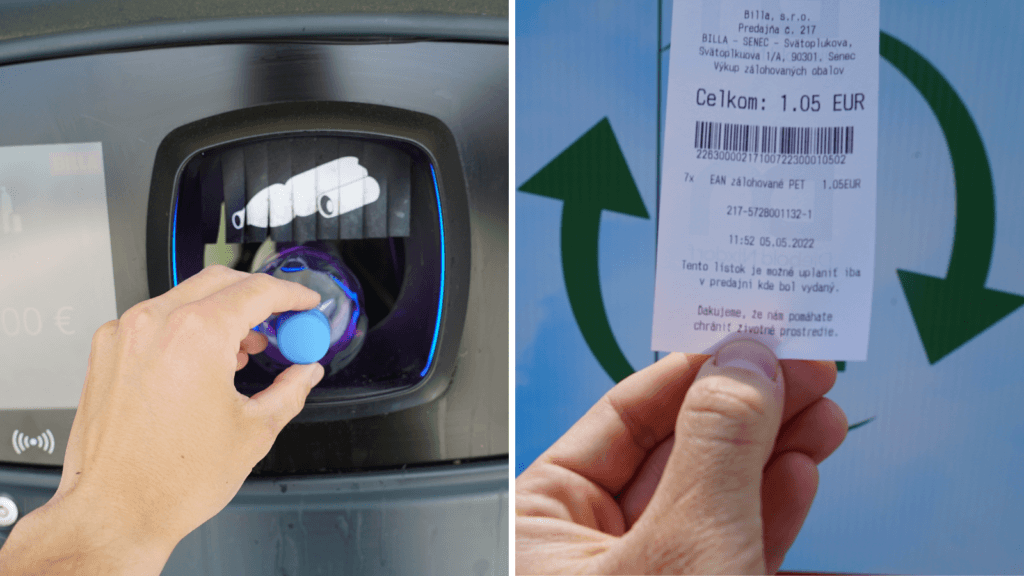
Project description
In March 2021, the newly established non-profit organization launched an implementation phase, which included a tender for the supplier of this system planned to go live on the 1st of January 2022. The expectations were very high, and the time pressure made the selection process even more challenging.
“We were looking for a reliable and responsible partner experienced in the field of IT and digitization as well as oriented in the field of waste management.” Lucia Morvai – explained former Director of external affairs & Communications Lucia Morvai, who was working for Správca Zálohového Systému in the years of the DRS launch.
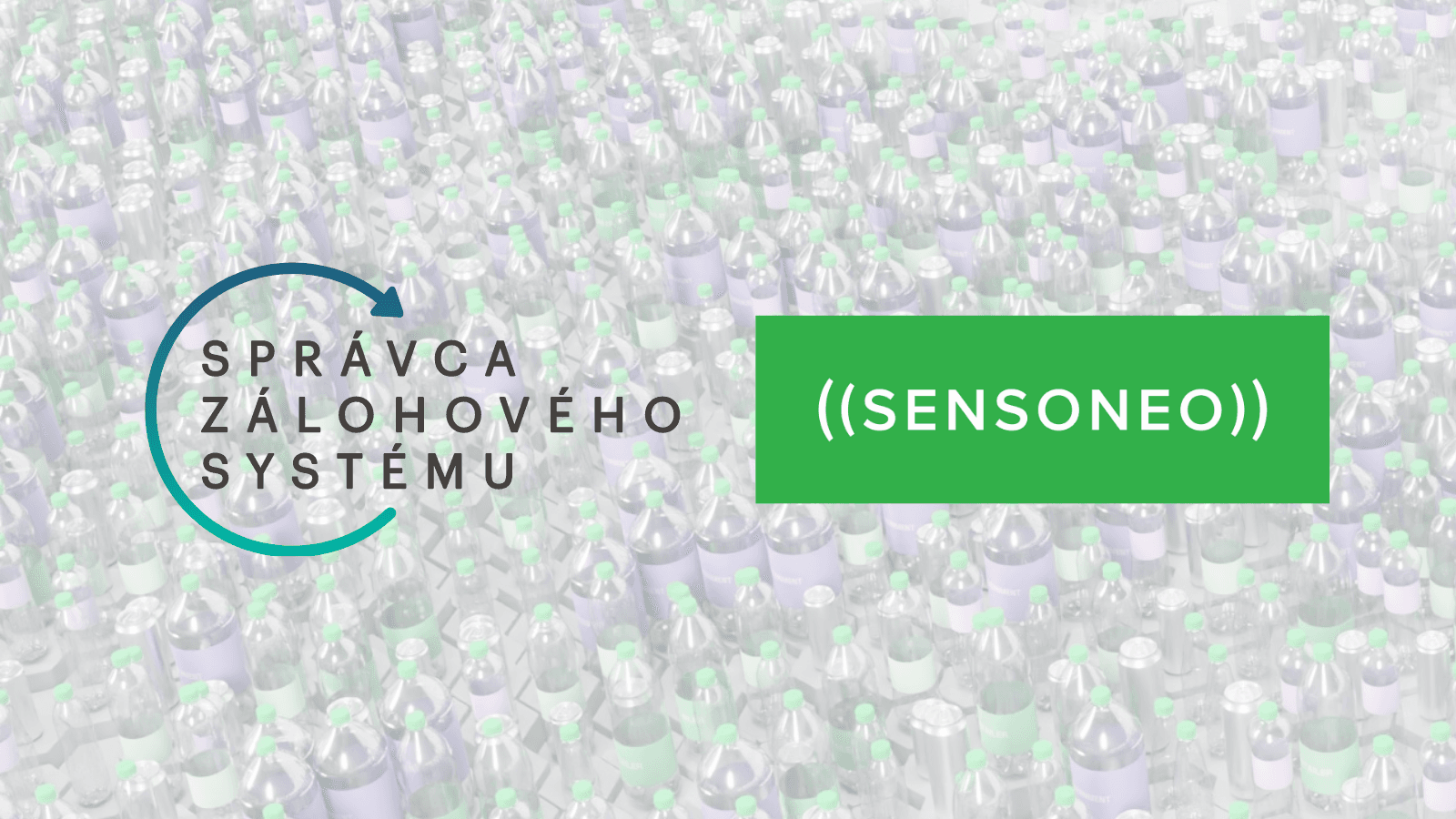
Sensoneo succeeded in the selection process thanks to its expertise in digitization and references on large-scale systems using its own reverse logistics solution, which helped large, nationally operating recycling companies and take-back operators automate and optimize their daily operations.
The Slovak Deposit Return System is a modern solution that ensures a smooth and continuous daily flow of reliable data including functionalities that make the operations efficient and automated. The Sensoneo system is the backbone of all the processes that stakeholders need to carry out their tasks and fulfill their goals – from manufacturers, distributors, collection points, and carriers, through dealers, warehouses, customers, and recyclers to the government.
All data is transparently recorded and protected – the lifecycle of each package is traceable from its launch on the market until it’s returned in the form of recycled material for new bottles and cans.
All operations are performed in real-time, and they include the optimization of transport routes and logistics as the intention of the system is to keep the carbon footprint as low as possible.
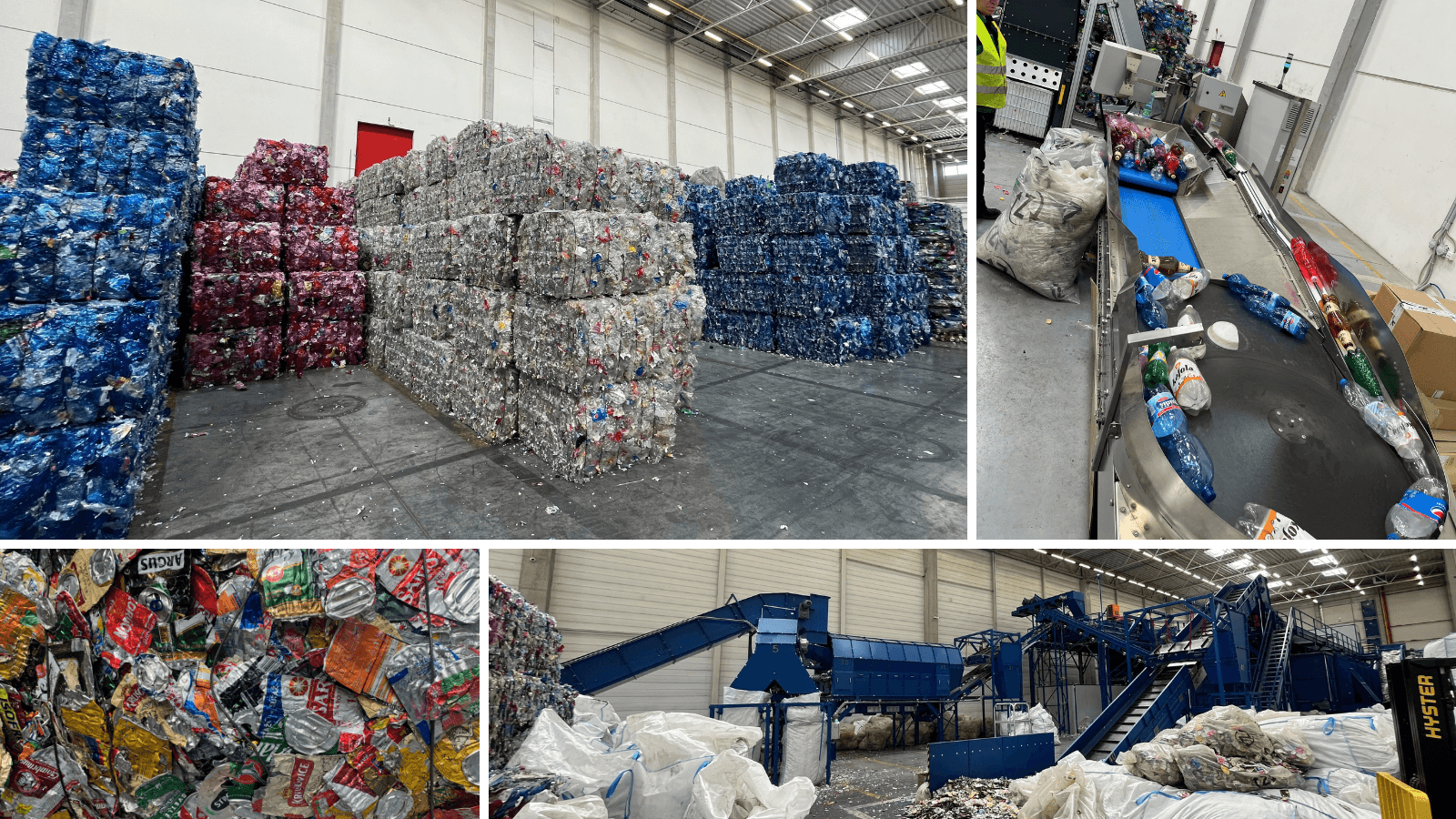
For consumers, it is essential that they can conveniently partake. To achieve that, many processes must be perfectly executed in the background: “Each step must be properly recorded and traceable so we can evaluate and prove the efficiency of the system. We are accountable to the producers who finance the system, to the traders who take the packaging, and, finally, to the consumers who use it,” said former director of external affairs & Communications of the DRS Administrator Lucia Morvai.
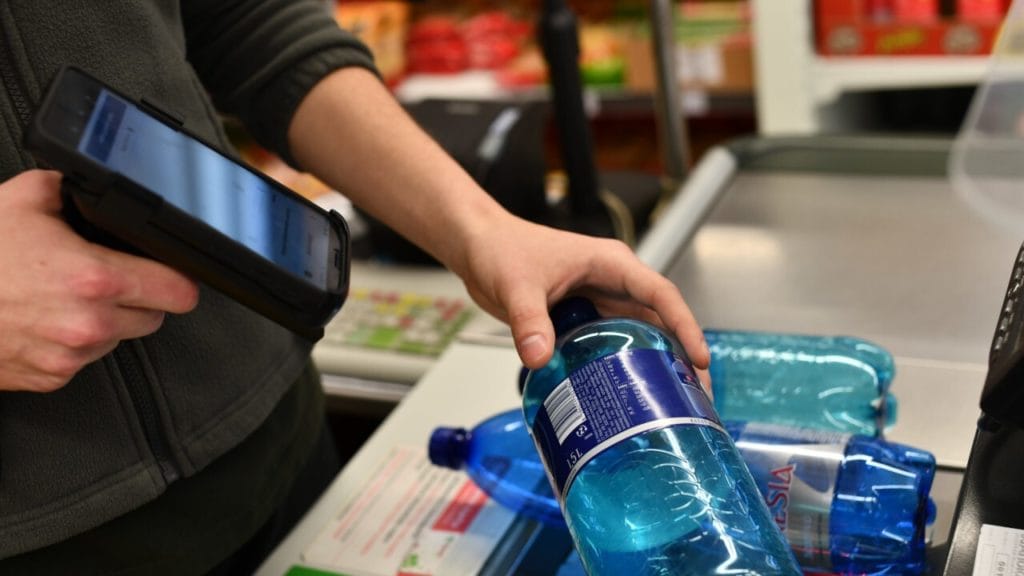
First six months after the implementation, a transitional period was in place when deposit and non-deposit packaging were sold on the market simultaneously. Besides the reverse vending machines, consumers also actively use the opportunity to have their packaging returned with manual scanners – this option is practiced in small shops and remote locations.
In addition, the system itself is being continuously upgraded to make it even more practical and convenient for consumers. It is also planned to expand it into new segments and bring collection channels outside the standard stores to make DRS even more convenient for consumers.
Key numbers of Slovak DRS:
10 months
Slovakia launched its DRS system as the 11th European country, and it took them only 10 months
3.5 million returns per day
The Deposit Return System in Slovakia daily processes on average
3.250+ collection points
registered in the system
3.900+ EAN codes
registered in the system
92% collection rate
The collection rate in the first year of DRS operation in Slovakia achieved 71% and second year in 2023 even higher rate of 92%.
Swift implementation: Rolling out DRS with speed
“We had just 6 months to build the information system. In addition to the integration of data of all the stakeholders, we also had to integrate the data of 6 different manufacturers of various types of reverse vending machines.” Peter Knaz – DRS & Take-Back Systems Division Director
Despite the time shortage, the system went live just like planned – on the 1st of January 2022: “The international community was really impressed by this speed. However, we have a long way to go and many other plans on how to make the current system even more convenient and sustainable.,” added Lucia Morvai.
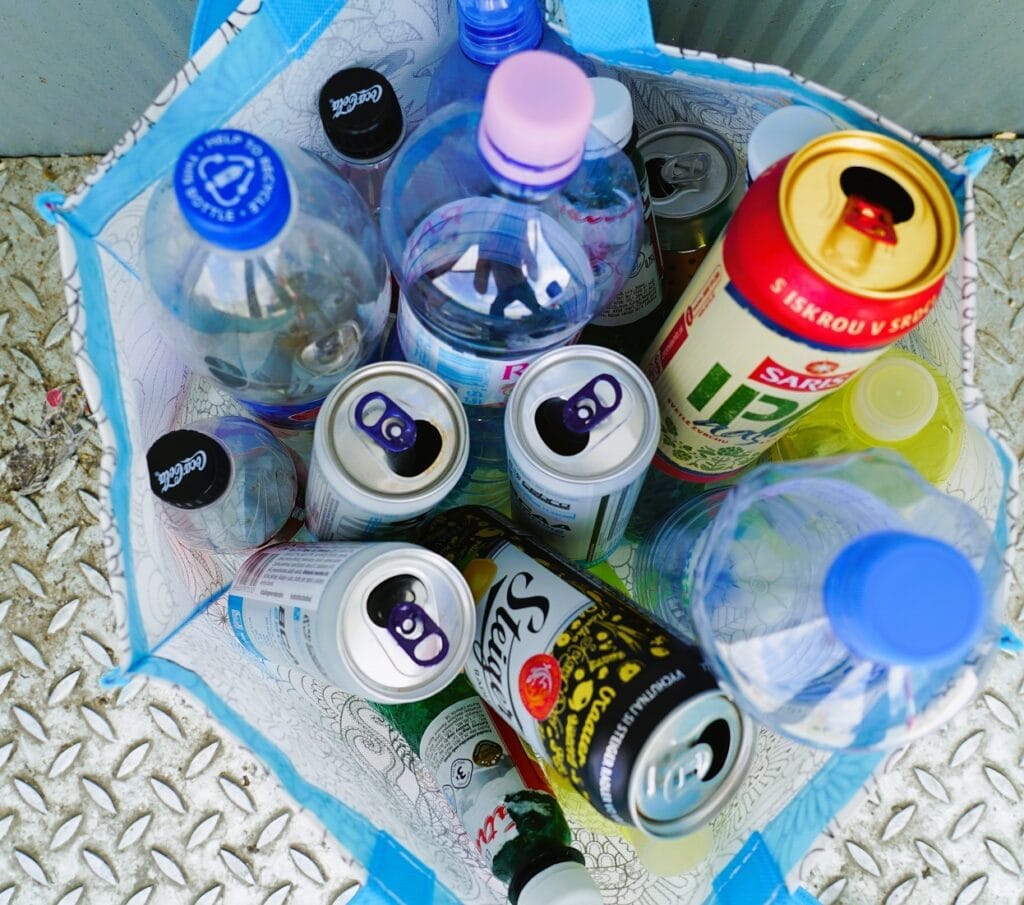
Impact
Material circularity is the goal
Avoid littering and increase people’s motivation to handle waste responsibly is the primary mission of the system. In addition, with such well-sorted material, it is possible to achieve higher recycling targets. The material can be used in a closed loop, supporting bottle-to-bottle, and can-to-can recycling. For this reason, we are convinced that DRS is currently the only truly proven solution for many countries to meet ambitious recycling targets and support the circular economy,” explained Lucia Morvai.

To design the Slovak DRS system, the Administrator took inspiration from countries where they successfully run the schemes for decades and complemented it with the innovations that prepare the system for years to come:
“From each functional system, we picked what we considered to be the best in specific areas, and thus we laid out the outlines of our own system. We adopted mostly the best practices from Scandinavia and Baltics.“
Mária Trčková, former CEO, leading the DRS Administrator during the time of the implementation in 2022.
“By working on the DRS system, we utilize our know-how in the field of digital transformation of waste management. It is very motivating for us to participate in a project with such a positive impact on recycling. We look forward to the next stages that will further streamline the system.“ said Martin Basila, CEO and Co-Founder of Sensoneo about the implementation of Deposit Return System in Slovakia.
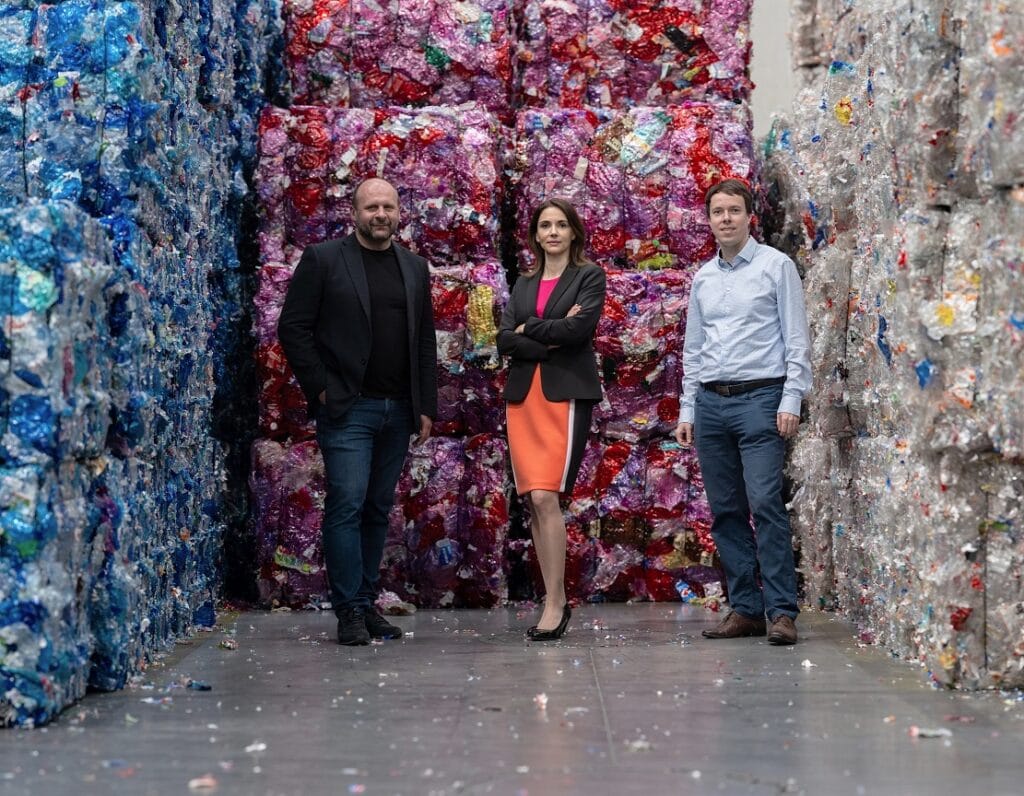
Smart Waste Newsletter
Get monthly updates from our company and the world of waste!

